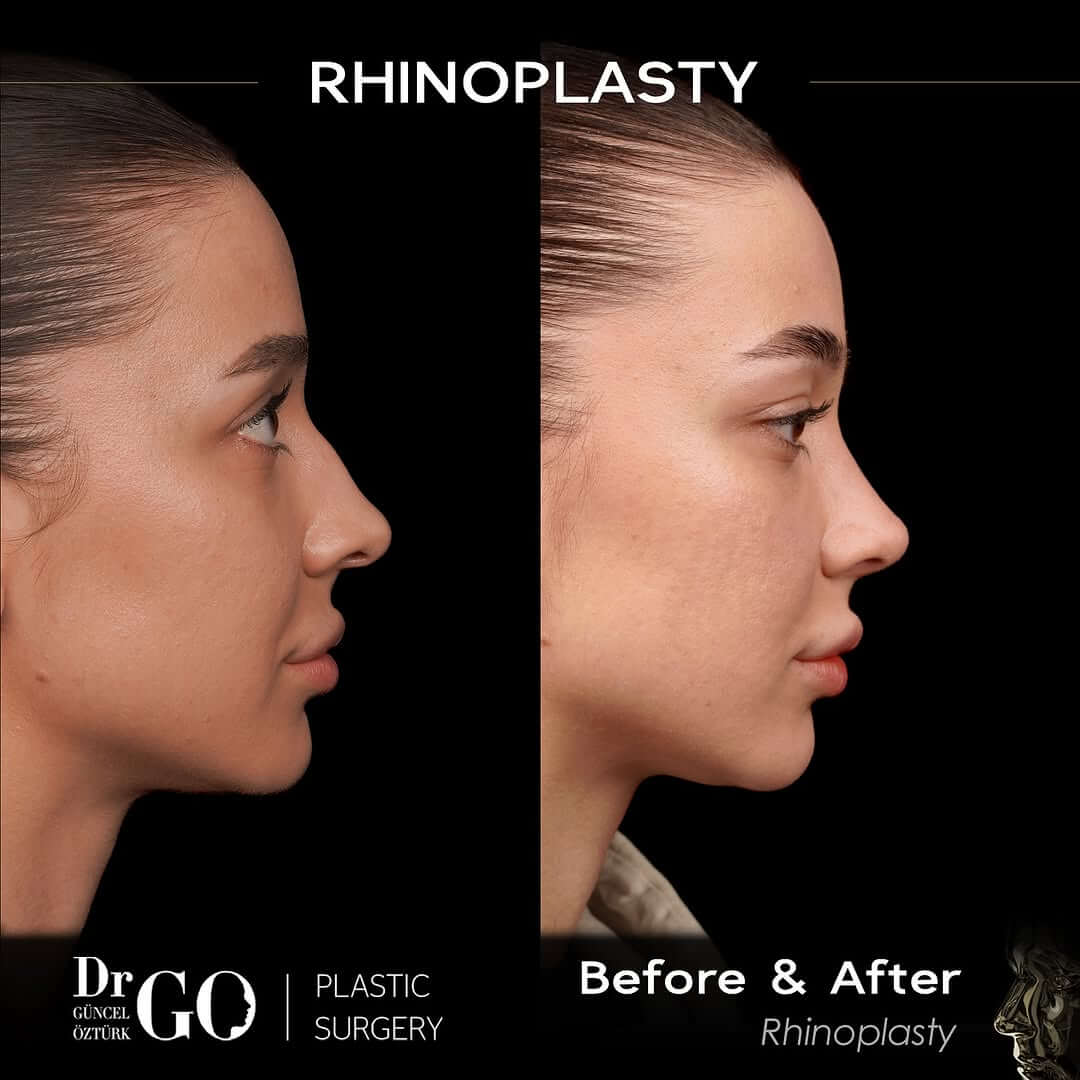Rhinoplasty is a surgery performed to change the shape or improve the function of the nose. It can be done for medical reasons, such as correcting breathing problems or repairing deformities caused by trauma or congenital defects.
Rhinoplasty can also be done for aesthetic reasons to change the shape and appearance of the nose.

Deciding to Get Rhinoplasty
If you are considering rhinoplasty, the first step is to have a conversation with a skilled surgeon about your expectations. Tell your surgeon what bothers you about your nose and how you would like to change it.
The surgeon will evaluate the structure of your nose and other facial features. After this assessment, they will let you know whether your expectations are realistic.
The surgeon will also take your overall health into consideration and discuss any risks, recovery time, and costs with you.
Step-by-Step Rhinoplasty Procedure
Rhinoplasty is usually performed on an outpatient basis, meaning you don’t need to stay in the hospital overnight. You will be given either general or local anesthesia. With general anesthesia, you will be asleep during the surgery. With local anesthesia, you will remain calm while your nose is numbed, allowing you to relax without feeling any pain.
In closed rhinoplasty, your surgeon makes incisions inside the nostrils. They then reshape the bone and cartilage of the nose to create a more attractive appearance. The procedure is completed with internal dissolvable sutures, splints that allow for easier breathing, and a protective bandage placed over the nose. Your nose will begin healing in a few weeks, continuing to improve for about two years.
Satisfaction with Rhinoplasty Results
Patient satisfaction with the results of rhinoplasty is one of the surgeon’s most important goals. If for any reason the patient is not satisfied with the new nose shape, revision surgery by the same surgeon is recommended.
For revision rhinoplasty, sometimes only minor adjustments are necessary.
